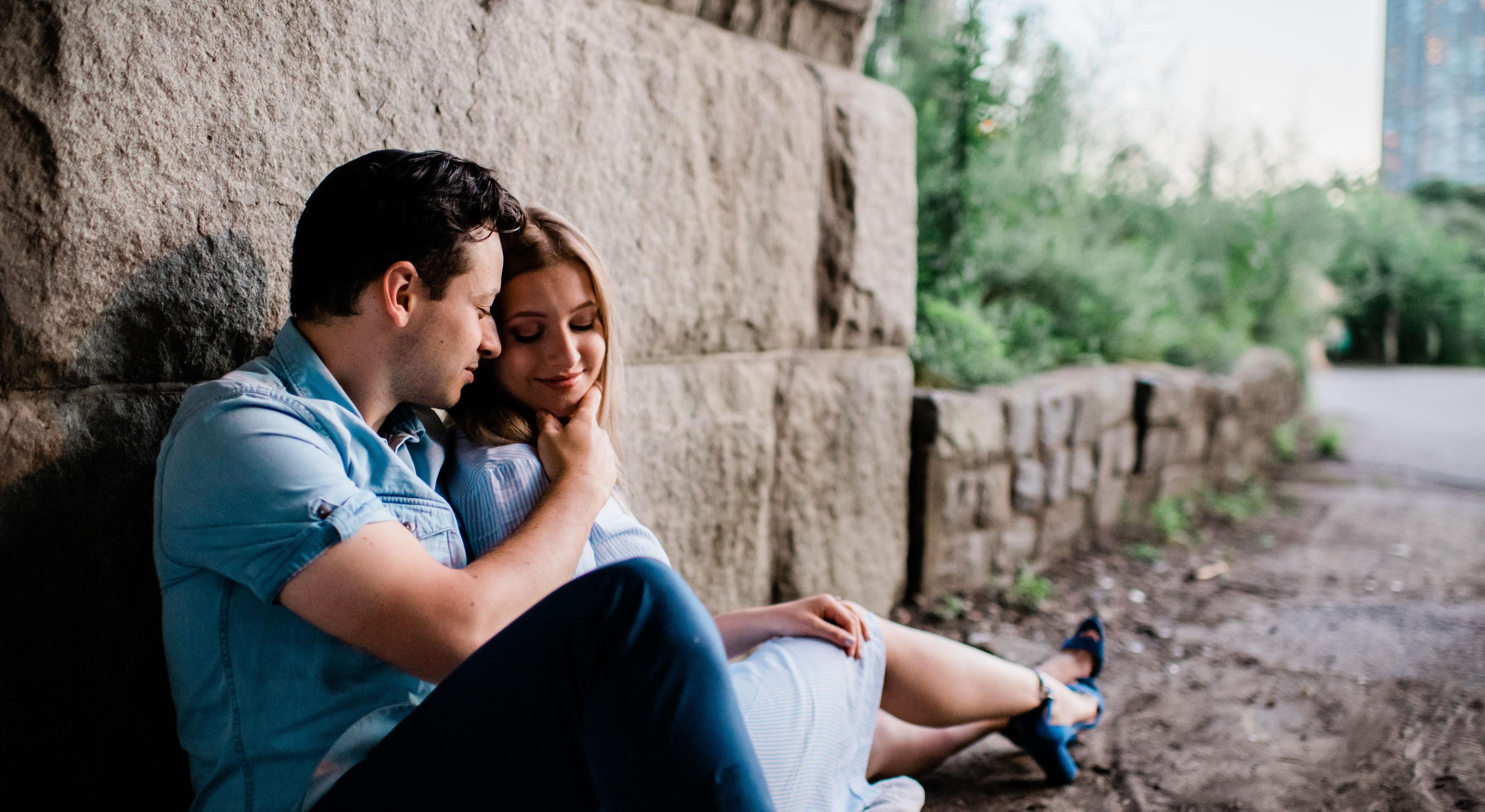Yana & Misha
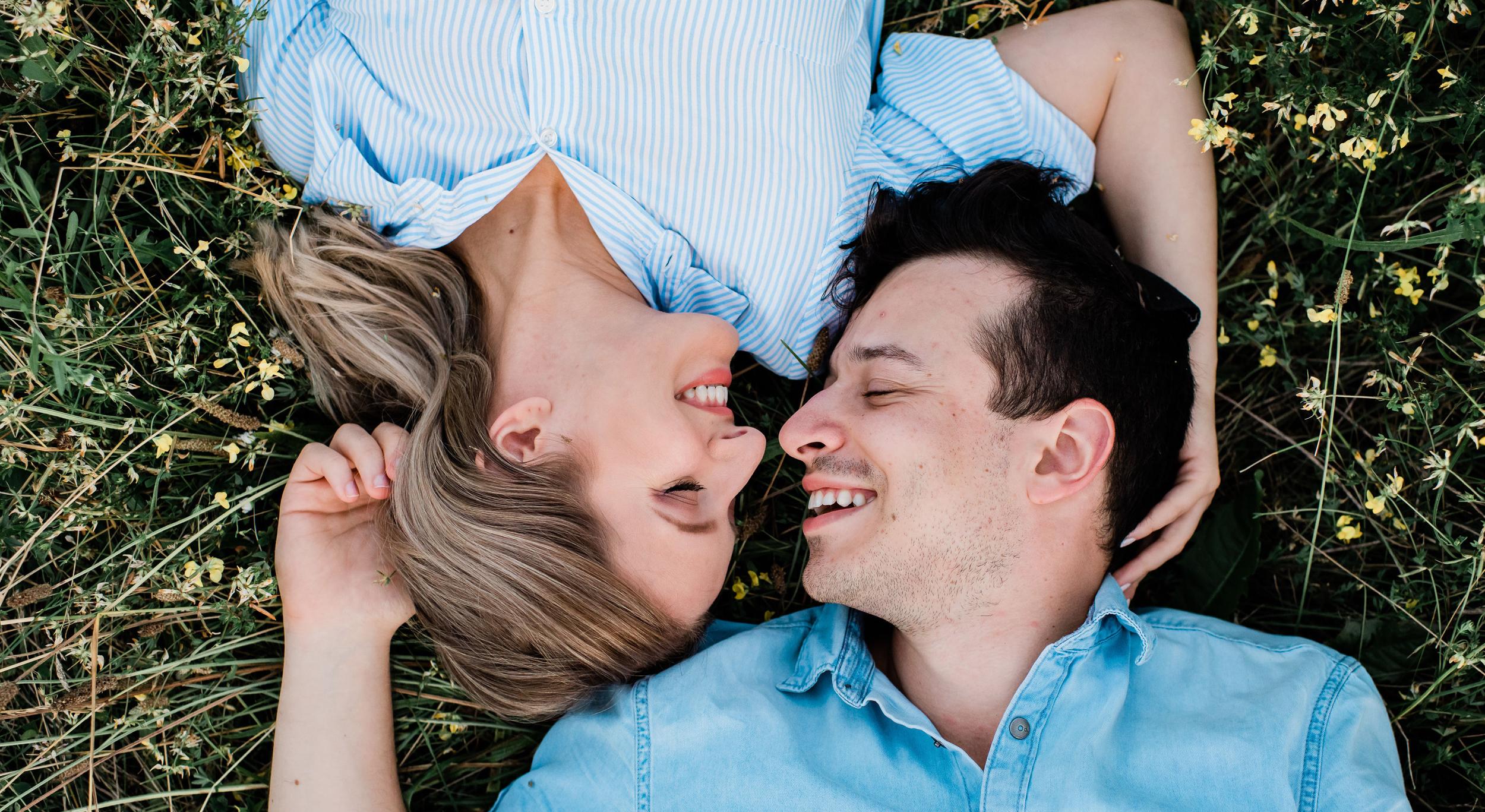
Mawwaige!
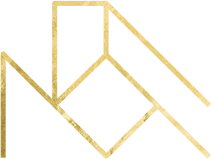
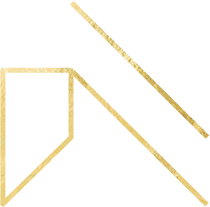
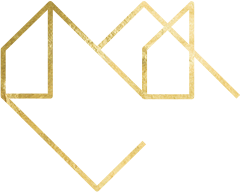

Misha Vilenchuk
Yana Garmash
July 25, 2021
Once upon a time, at a party in Lakeview...
When two Russian speakers meet at a party, it could go one of two ways: they think "Oh, there's a cutie!" or "Ugh, there's Russians EVERYWHERE!" Long story short, Yana thought the former, and Misha the latter. Luckily, a Facebook friend request sent at the right time ensured we would connect again. Soon, Yana messaged Misha to invite him to a Shabbaton (Jewish weekend retreat). After much persuasion using a curated collection of memes, Misha agreed to attend. At this Shabbaton, Misha and Yana instantly connected over the shared complexities of the Russian Jewish identity....... .........and since that moment they have been as inseparable as borscht and sour cream.
What's so special about a Jewish wedding?
A traditional Jewish wedding is embedded with deep rooted spiritual meanings and rituals that symbolize the beauty of the relationship of husband and wife, as well as their obligations to each other and to the Jewish people. The guide provided here is a simplified explanation for those who are unfamiliar (or a refresher for those who are familiar!) with a traditional Jewish wedding timeline. We are very honored to be sharing this momentous day with you. We hope that this guide will help you experience the depth and joy behind our special day to the fullest extent. The wedding day marks the happiest and holiest day of one's life. The day of the wedding is considered a personal Yom Kippur for the chatan (groom) and the kallah (bride). Yom Kippur is a day of forgiveness, new beginnings, a blank slate, and a commitment to being a better version of oneself in the year to come. Misha will be wearing a kittel, the white robe traditionally worn on Yom Kippur by men, under the chuppah. Yana will be saying special prayers only said by a bride. This day marks the beginning of a brand new chapter in the couple’s life together, as they merge into one complete soul.
Tisch & Kabbalat Panim
There is a strong custom for the bride and groom to not see or speak to each other for a whole week before the wedding in order to increase anticipation and excitement for the day, as well as enable the couple to have some alone time for introspection and reflection. As such, the wedding officially begins with two separate “warm-up ceremonies”, which occur simultaneously in different locations in the venue so that Misha and Yana can greet their guests - separately. These ceremonies are called the Tisch (the groom’s table) and the Kabbalat Panim (receiving of the faces). Jewish tradition likens the couple to a King and Queen on their wedding day, so Misha will be in one room at his Chosson's Tisch with the men celebrating, singing, and toasting, as well as signing the Ketubah (official marriage document). In another room, Yana will be seated on a throne-like chair for the Kabbalat Panim to welcome in and give out brachot (blessings) to her honored guests. There is a very powerful thought in Judaism about giving and receiving blessings, and a bride's prayers and blessings are considered to be immensely powerful on her wedding day, so don't be shy to come up to wish Yana a mazal tov and ask for a blessing! At the Bedecken (veiling), Yana and Misha will finally reunite after a week apart! The male family members and friends of Misha will dance him away from his tisch and over to where Yana is seated. Misha will then place Yana’s veil over her face, symbolizing that while physical appearances may be attractive, Yana’s inner characteristics, soul, and spiritual radiance are paramount. It is reminiscent of Rebecca covering her face before marrying Isaac (Genesis ch. 24). The veiling also demonstrates Misha’s commitment to protecting Yana for the rest of their lives. Misha will then be danced out of the room away from Yana, and guests will go take their seats for the ceremony to begin.
Chuppah
The chuppah (canopy) is where the main marriage ceremony will take place. It is a decorated structure held up by four poles, and open on all four sides - just as Abraham and Sarah had their tent open on all sides to welcome people in unconditional hospitality. The chuppah represents the home that the couple will build and share, and just as the chuppah is open on all sides, so too should the couple's home be an open, warm, and welcoming environment. Once everyone is seated, Misha will walk down the aisle to the chuppah, escorted by his parents. Yana will then walk down the aisle escorted by her parents. Upon arriving at the chuppah, Yana will circle around Misha seven times, symbolizing the wholeness and completeness that they cannot attain separately. Just as the world was built in seven days, the kallah is figuratively building the walls of the couple's new world together as she circles the chatan. The official marriage ceremony itself is called Kiddushin (sanctification) and proceeds with the Rabbi reciting a blessing over wine. Wine, a symbol of joy in Jewish tradition, is associated with Kiddush, the sanctification prayer recited on Shabbat and festivals. Marriage, called Kiddushin, is the sanctification of a man and woman to each other. After the blessing over the wine is recited, Yana and Misha will each take a sip. By Jewish law, the chatan has to present his kallah with something of value to make the marriage official, and Misha will do so with a ring. This exchange is called Erusin (betrothal). The second stage of the ceremony called Nisu'in (nuptials) involves seven blessings said by family and friends for the couple over another cup of wine. Finally, Misha will stomp on a glass, shattering it with his right foot (Mazal Tov!). The breaking of the glass represents the destruction of the Temple in Jerusalem, and that although we are celebrating a momentous and joyful occasion, our joy will never fully be complete until the final Temple is rebuilt.
Yichud
MAZAL TOV! Yana and Misha are officially married and are escorted out by dancing and singing! Immediately after the chuppah ceremony, Yana and Misha are escorted out to a private room called the Yichud (seclusion) room. This is the final step in fulfilling the requirements of a Jewish marriage ceremony. Yichud is a period of time for Yana and Misha to be alone and savor the beginning of their new life together (and get a bite to eat). All guests at this point will make their way to the reception area and begin the cocktail and appetizer hour while awaiting the entrance of the new husband and wife!
Seudah
It’s time to party! Yana and Misha will be announced as husband and wife and they will come running into the reception so the fun can begin! The seudah is the wedding meal, which will be marked by a lot of eating, a lot more dancing, and everyone's favorite part - shtick, which consists of anything that will make the bride and groom smile and be joyous on their special day. It is a mitzvah (commandment) to make the bride and groom happy and full of simcha (joy) on their wedding day, so the job of the guests is to entertain Yana and Misha and make sure they are having the time of their lives. So join in on the fun and don't be shy! Dance, eat, and repeat! Please note that dancing will be separate for the first half of the reception. Men will be dancing with Misha on the men’s side, and the women with Yana on the women's side. However, the mechitza (partition) will be taken down around dessert time and mixed dancing (gasp!) will begin. Thank you to all of our amazing guests for joining in the festivities of the most special day of our lives. Misha and I cannot wait to begin our life together, and we could not be more honored to share this day with each of you. If you have any questions regarding our wedding, or you’re just excited, please reach out! We cannot wait to see you all!
